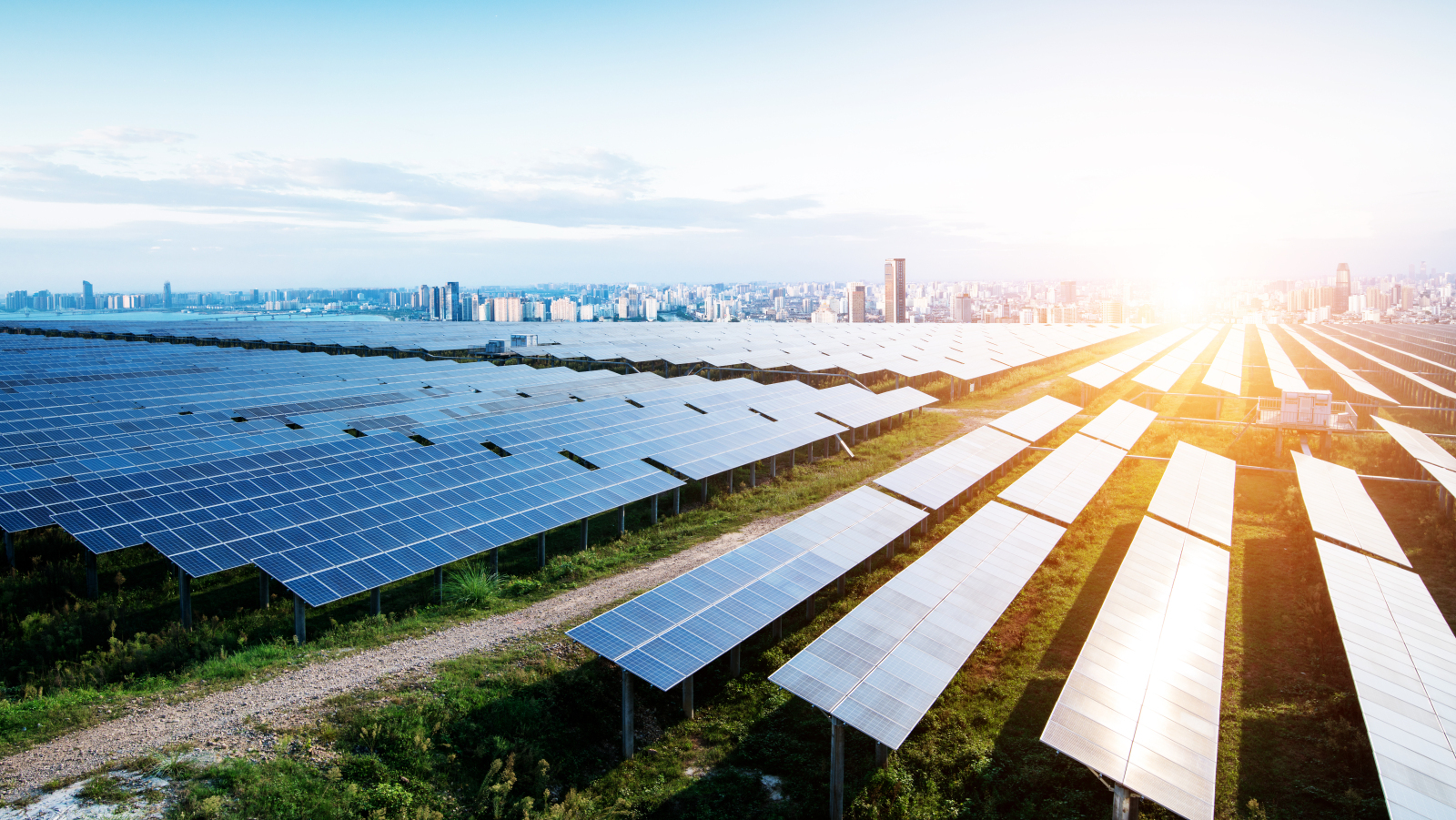
Pension funds spot fresh investment opportunities in renewables
Asset owners are increasingly adapting mandates to incorporate renewables, as they spot new income streams and identify risks in sectors such as oil and gas
According to the International Energy Agency (IEA), global renewable capacity is set to rise by 107 gigawatts (GW) this year, the largest absolute single year increase ever, to more than 440 GW.
As the renewables sector booms so does investment, leaving institutional bodies, historically a key player in the space, looking to maximise profits and potentially link it to their own net zero goals.
Scott Zdrazil is the principal investment officer at U.S. pension giant Los Angeles County Employees Retirement Association (LACERA), which has AuM of around $73 billion.
He told Net Zero Investor that LACERA recognises the energy transition presents both investment opportunities as well as risks, and stress tested its capital market assumptions for various climate scenarios when the board adopted its current strategic asset allocation in 2021.
“LACERA anticipates its exposures to renewables will continue to grow as they are an increasingly important source of supplying new or replacement power generation in the global infrastructure marketplace," Zdrazil said.
“We continue to commit capital to private infrastructure and real assets funds, having participated in the Climate Action 100+ to encourage public market portfolio holdings to transition their business strategies, and revisiting the strategic asset allocation in the coming year as part of our routine periodic review every several years," he added.
LACERA’s $73 billion fund has a 5% allocation to infrastructure and 3% to natural resources. It has also committed over $3 billion in recent years to diversified private funds that include anticipated exposures to energy generation via renewable power sources, such as wind, solar and associated battery storage, as well as minerals necessary for energy transition, including copper, lithium, and cobalt.
Most allocations are in diversified funds and include commitments of €125 million to Hitec Vision’s first energy transition focused fund and $500 million to three mining fund managers - Appian, Sprott, and Orion - which include a target towards energy transition metals.
LACERA anticipates its exposures to renewables will continue to grow as they are an increasingly important source of supplying new or replacement power generation in the global infrastructure marketplace.

Net zero ambitions
Zdrazil also made it clear that while LACERA is taking an increased interest in renewables, the fund does not have an explicit net zero target for its investment portfolio.
This is contrasted north of the border, where Canadian pension fund the Healthcare of Ontario Pension Plan (HOOPP) unveiled its climate plan for achieving net zero in its portfolio by 2050 earlier this year.
By 2025, HOOPP targets include having 80% of its assets providing reported emissions for more accurate measurement, having initiated Scope 3 portfolio emissions measurement, and excluding new direct investments in private thermal coal and oil exploration and production companies.
By 2030, the fund anticipates having committed over $23 billion towards green investments.
Jeff Wendling, chief executive at HOOPP, said: “We believe we can contribute to the transition to a net-zero economy through our carefully selected interim targets. To achieve these targets, we will seek to grow the percentage of our investments with credible, science-based transition plans, and increase our green investments – which should, in turn, lead to reductions in our investment portfolio’s carbon footprint.”
Japan's GPIF
When contacted by Net Zero Investor, Japan’s Government Pension Investment Fund (GPIF), the single largest pool of retirement savings in the world with $1.3 trillion in AuM, commented that it could not provide personal insight into the renewable sector, as its investments are conducted based on a discretionary investment management agreement with external asset managers.
However, a look into its annual reports show the sheer scale of its input into renewables, making it one of the largest investors in the space worldwide.
For the breakdown of the GPIF portfolio by sector, the largest share went to renewable energy at 21%, followed by telecommunications at 13% and utilities at 11%.
There has also been interest in Japan as a renewables opportunity from further afield, as shown in April this year when Octopus Energy’s generation arm - who manage £6 billion in green energy assets globally, made an investment in Yotsuya Capital, a solar developer in Japan, with the aim to accelerate the country’s energy transition.
Worldwide, the opportunities to increase green and renewables investments, whether directly as part of a net zero plan or not, are likely set to only increase further.
Mobeen Tahir, director of macroeconomic research & tactical solutions at ETF provider WisdomTree, says: ”Policy and regulatory support are at the core of this endeavour. The IEA states that European countries have done more to ease the permitting process for renewables in the last 18 months than over the entire previous decade. Crucially, the economics of doing so is also starting to make sense.”
Also according to the IEA, low-cost wind and solar PV are on course to displace an estimated 230 terawatt-hours (TWh) of expensive fossil fuel generation over the 2021-2023 period, helping to reduce wholesale electricity prices in all European markets.
Without these additions, the consumer would have paid 8% higher energy prices in 2022, and as more capacity gets added, costs are expected to decline even further.




